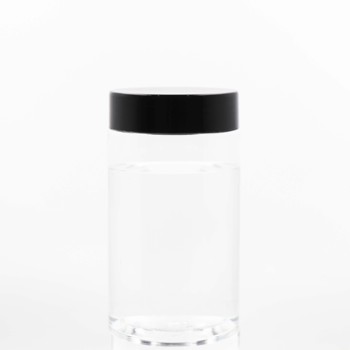Why is NMP so popular?
First, the consumption direction of NMP conforms to the development trend of China. According to the survey of Pingtou Brother, at present, China's NMP is mainly used in the lithium battery industry. In 2021, China's NMP will account for more than 80% of the consumption in the lithium battery industry, which is the absolute consumption weight. In addition, there are also a small number of applications in the polymer materials, electronic industry and pharmaceutical industry, but the proportion of applications in the lithium battery industry is lower.
In the lithium battery industry, it is mainly used as the front-end solvent of lithium battery, and it is the matching solvent of the positive electrode binder of lithium battery. In recent years, with the rapid development of the lithium battery industry, China's lithium battery consumption has increased significantly, driving the explosion of consumption in lithium battery related industries, and also driving the consumption growth of China's NMP in the lithium battery industry.
In addition, NMP can also be applied in the electronics industry, high grade materials and medicine industries, which are currently relatively hot in China. For example, NMP is used as an essential chemical solvent to participate in chemical reaction and dilution in the manufacturing process of aramid, polyphenylene sulfide, polyimide and other polymer materials. Pingtou believes that its application in the lithium battery industry is one of the key factors driving the explosive growth of China's NMP consumption scale.
Second, the soaring price of PVDF has led to a rapid increase in NMP's attention. According to Pingtou, the auxiliary materials for lithium batteries usually include solvents and adhesives. The main role of solvents is to dissolve the positive and negative active substances, while the main role of adhesives is to bind the active substances to the fluid collector. The consumption cost of general auxiliary materials accounts for 2% - 5% of the lithium battery, which is smaller than that of lithium battery materials, electrolyte and diaphragm materials, and is easy to be ignored.